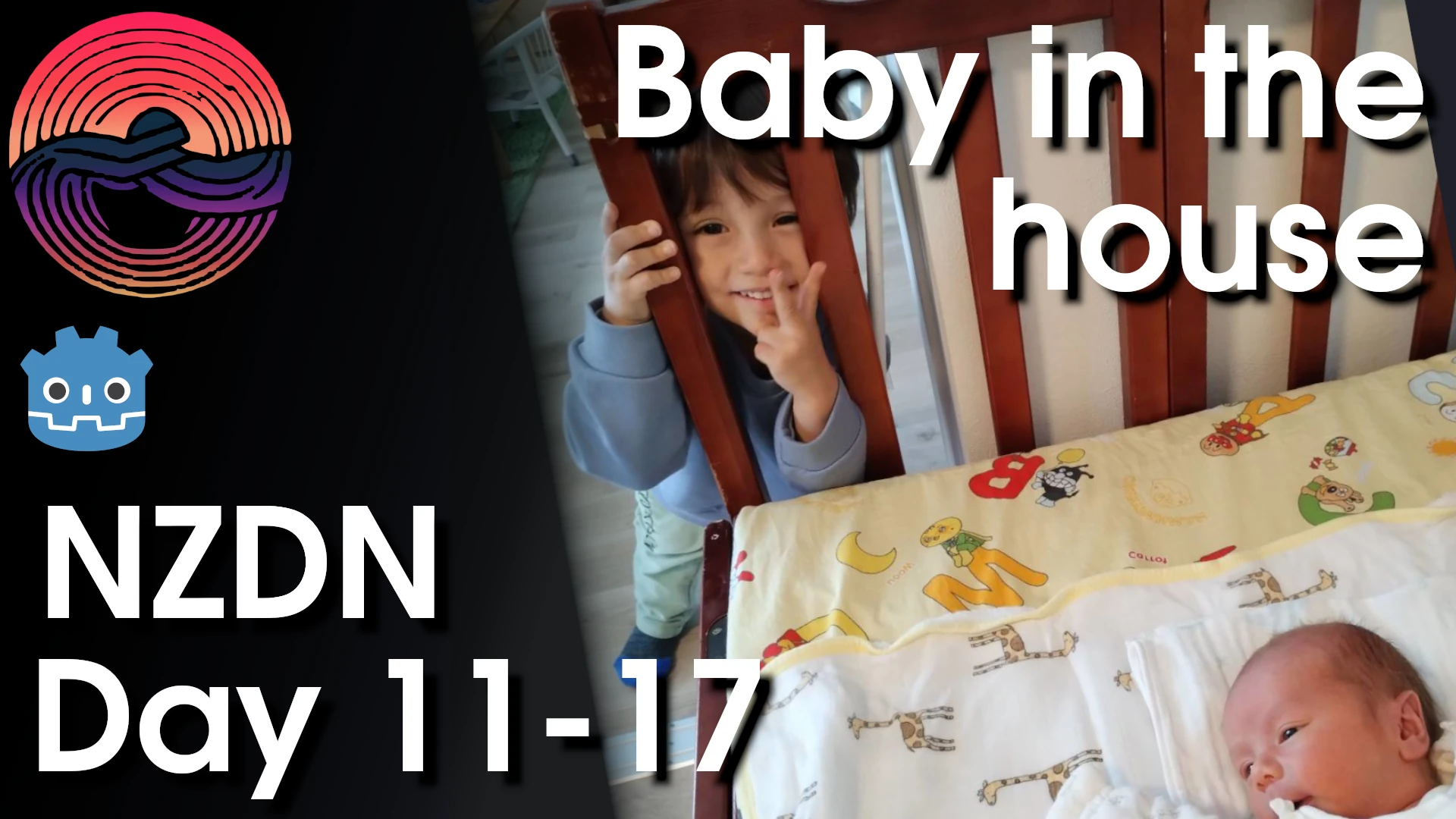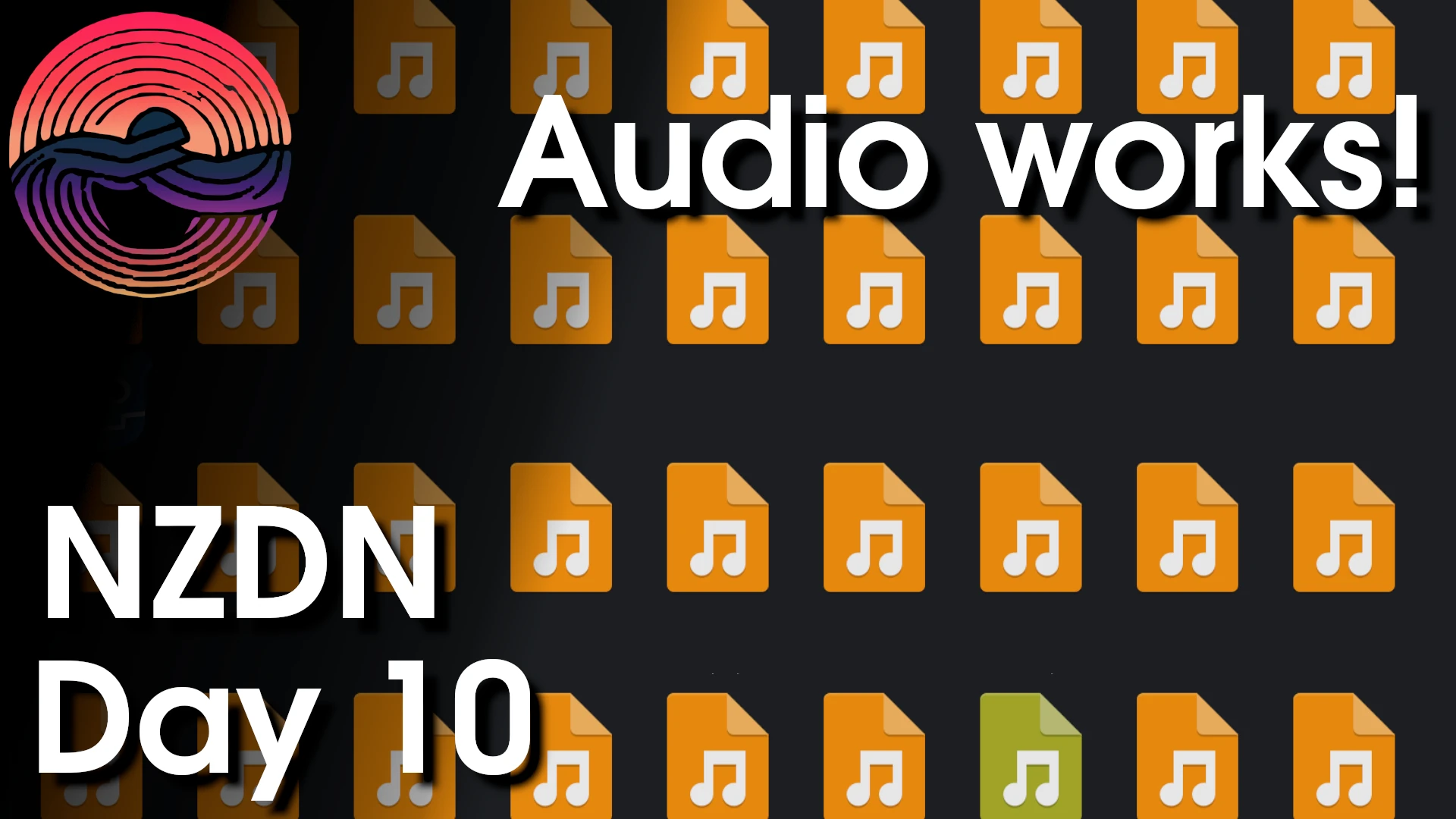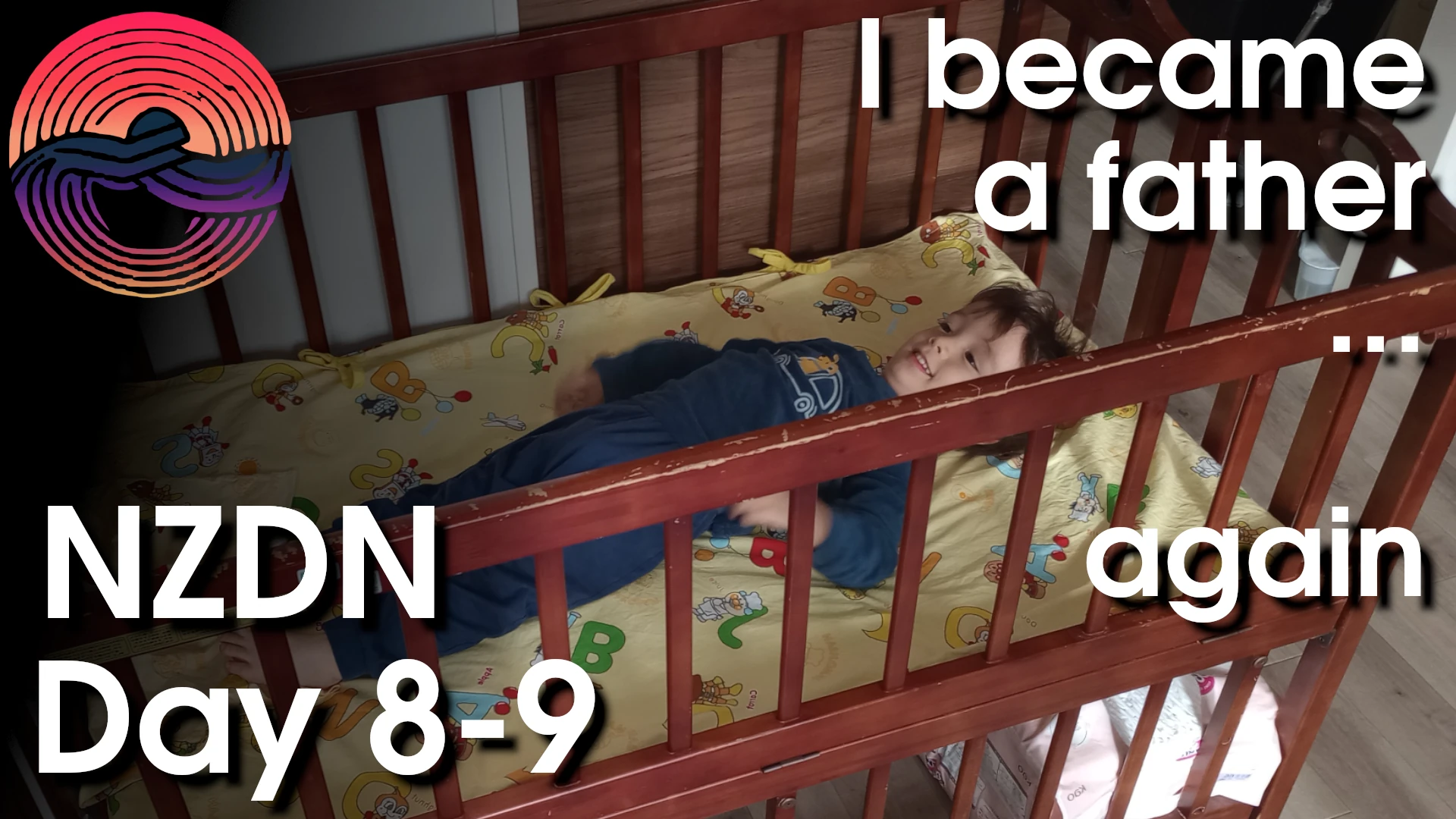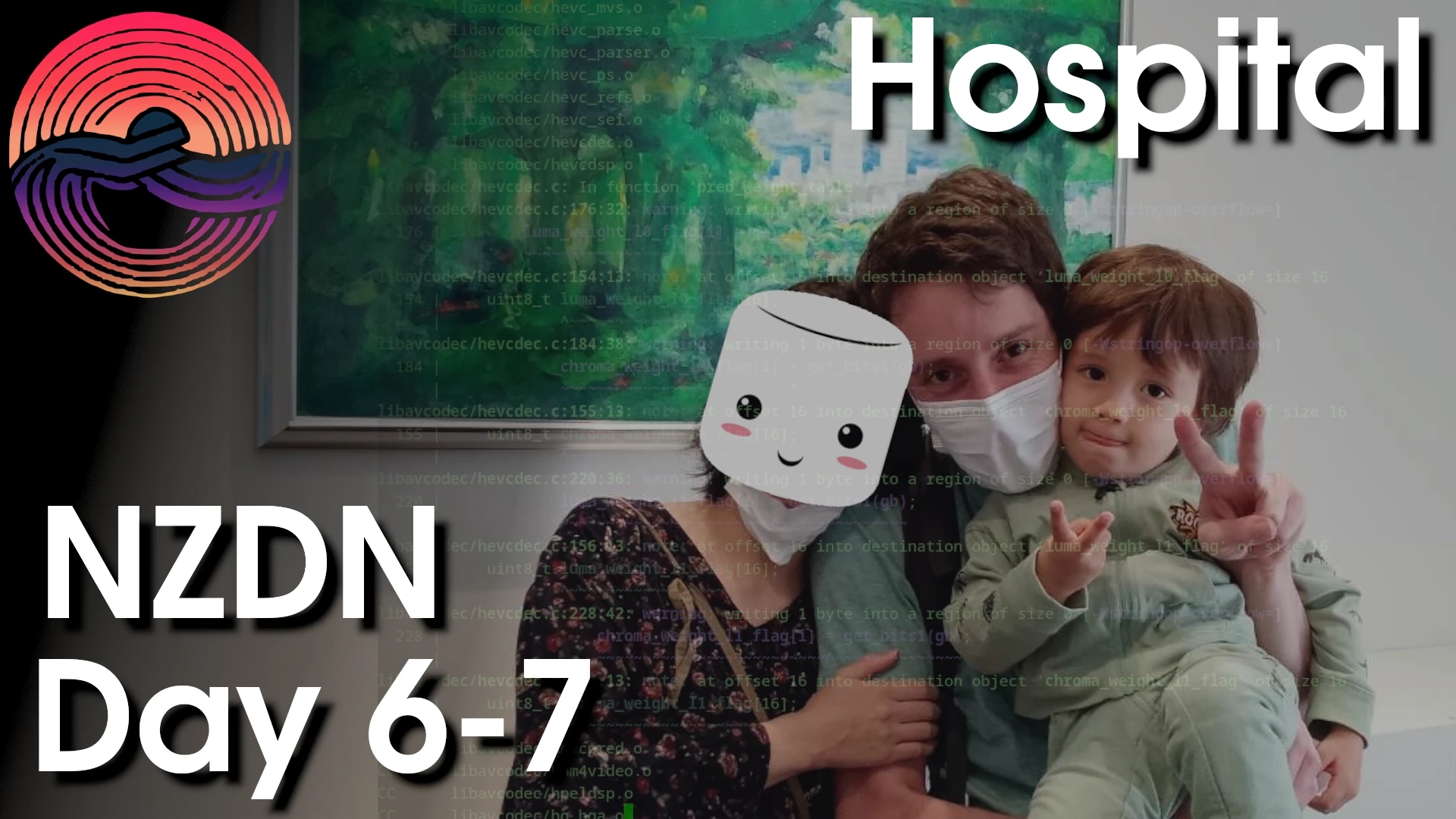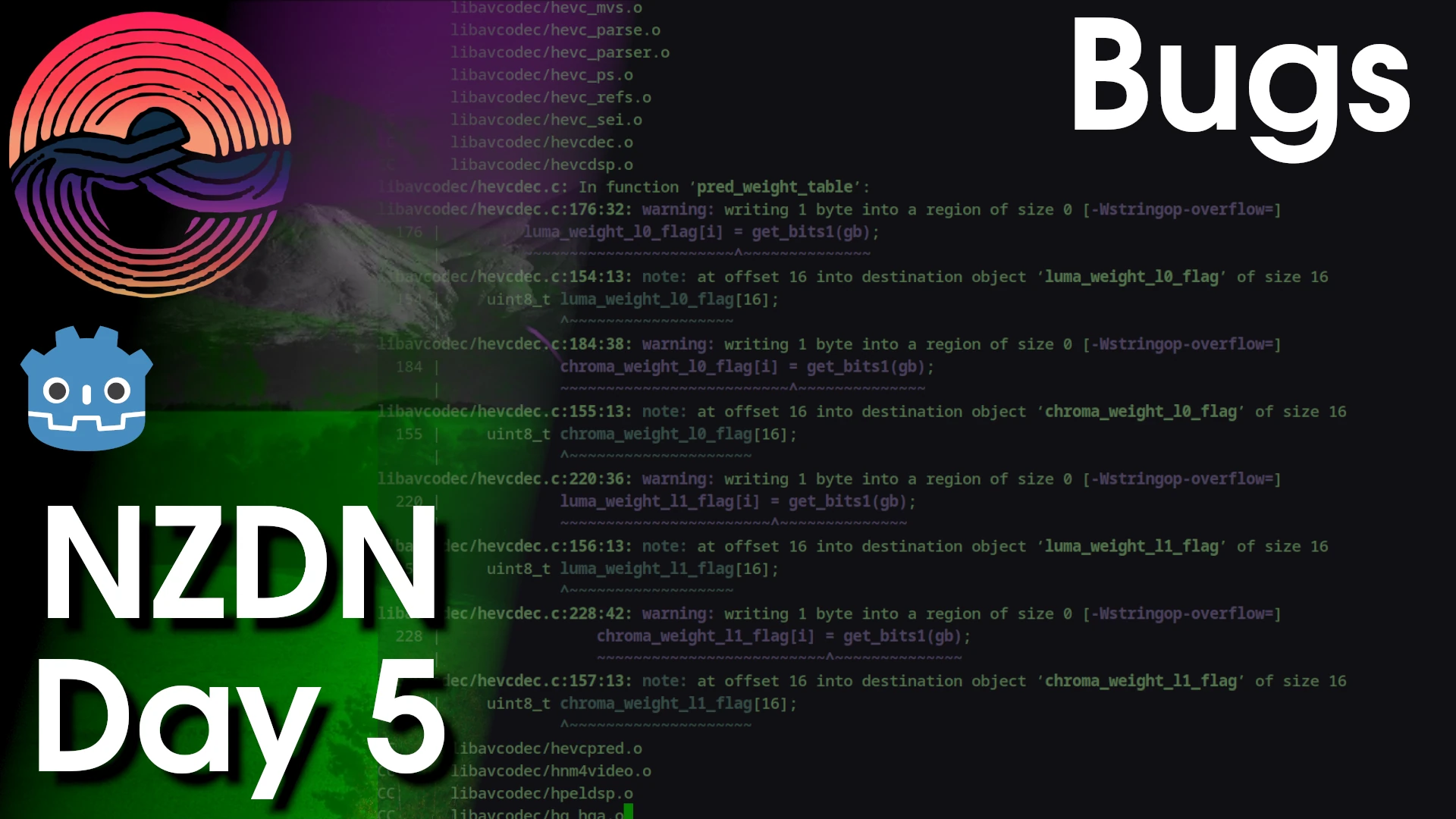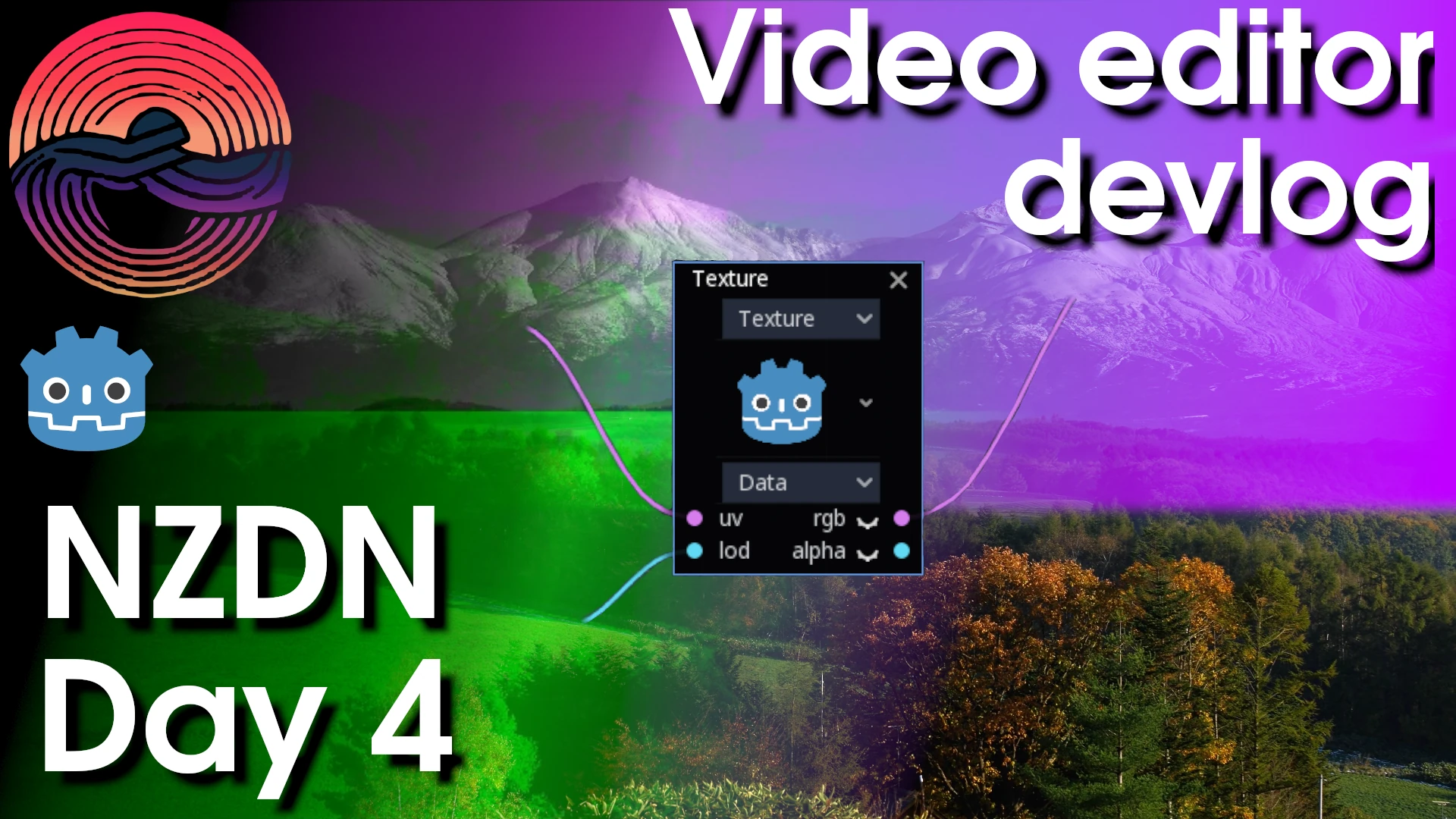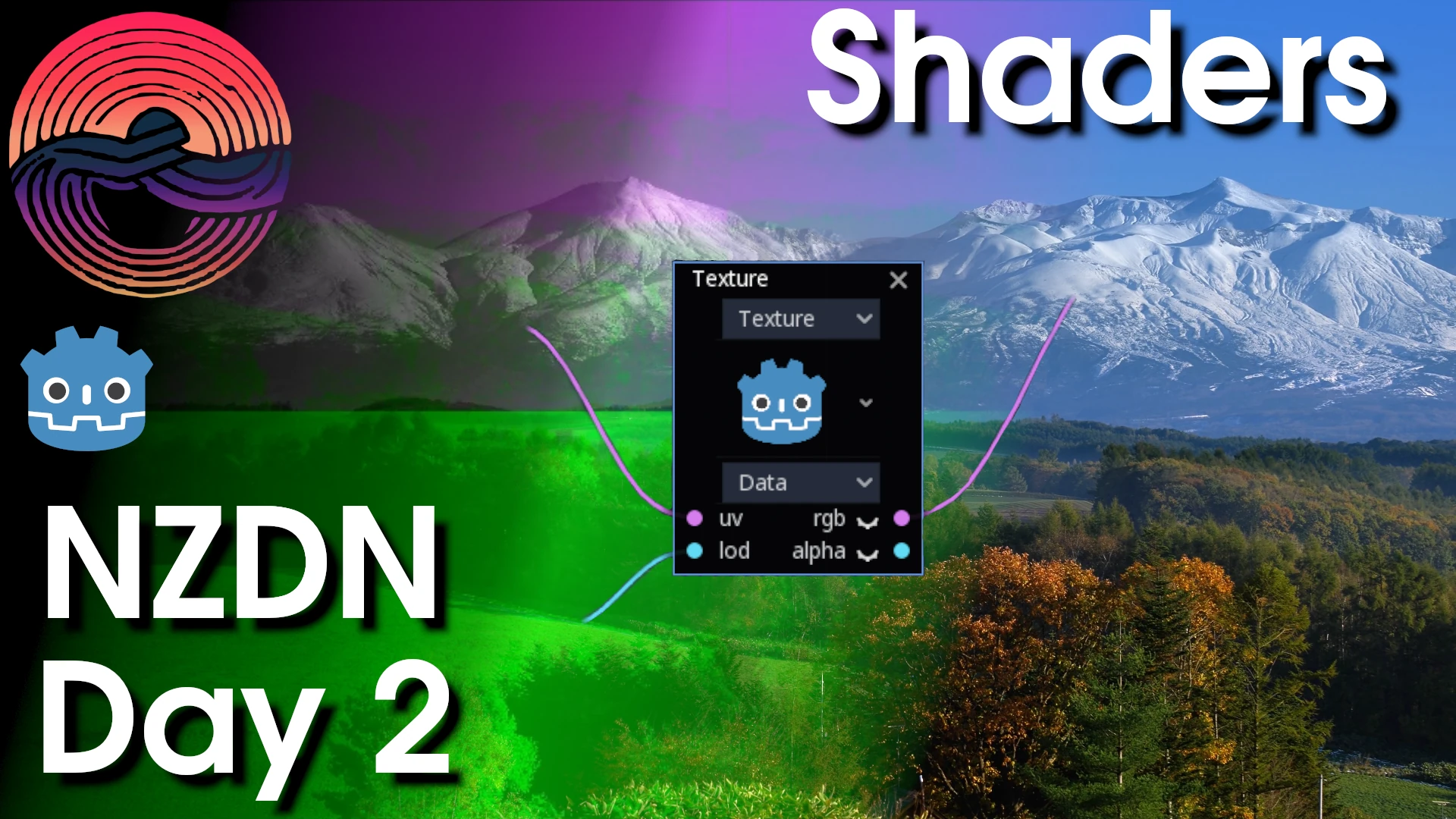I wasn’t planning on not giving an update for as long as I did, this basically became a week report hahah. Not what I was intending but it couldn’t be helped. Our second kid arrived successfully without any issues and has been at home now for some day’s. This did increase my house work by a fair amount, especially since my wife is still recovering from her operation.
GDE GoZen V4.0
Even though with my schedule being a lot more busy, I did manage to finally finish GDE GoZen Version 4!! Which is giving a good boost to performance compared to the previous version, 3.2, and this by utilizing shaders. Loading in video’s also became a faster due to pushing it to a thread instead of blocking the main application whilst loading in the video. This is the same approach which I’ll be using for GoZen itself.
The changelog is quite long but a quick TLDR: Windows works, Linux works, performance is better, and a lot of existing bugs got fixed.
What now?
Right now I’m working on an addition to GDE GoZen because of the way that I want to handle the audio inside of GoZen. The method I found and which I was planning on issues has too big of a risk of being buggy and causing issues, so to save myself some future headaches and to more quickly give a good working video editor, I decided to start dedicating myself to this part of the editor.
How will I do this?
The way I’ll be handling things is, each track will have one WAV audio file, when adding clips to the timeline, the audio data will be directly added to the wav data. This solves A LOT of current issues as well and will make the playback also a bit smoother. Honestly the main reason for this approach is just to get the audio in a much faster time without any issues of missing data due to micro delay’s of having to record the different audio busses.
There are many improvements which this can bring:
- Current audio sync issues in GoZen will not happen anymore;
- Exporting audio will barely take any time;
- Exporting audio will not have missing data or double data due to multi-stage audio capturing;
- Playback will be smoother;
- Performance will be a bit better overall by not having to switch audio streams;
- I can remove a nasty bit of code which I had trouble coding and is still not working as I want it to;
Drawbacks
The main drawbacks of implementing this new system is that it will take some time, adding audio effects won’t be as easy, slightly higher ram consumption, importing audio will take slightly longer due to the wav conversion to fit the sample rate so that all audio files can be easily used, …
Basically there are drawbacks, but they can be overcome and the benefits far outweigh the drawbacks, especially since the audio in the rendered video will have no issues and will be exactly as it was in the editor (if everything goes well that is :p).
Rendering
Don’t worry, rendering out video’s will be finished by the end of this month, if everything goes well on the audio side of things. After this is implemented it’s basically a matter of implementing all the effects, both visual and audio effects, adding transitions and adding quality of life features such as undo and redo (of which the system is already in place but not being used/tested yet).
Been a ride
It’s been a ride and I’m glad that I haven’t missed a day yet of No Zero Day’s November, I do wish I didn’t miss any daily blog posts but it was a bit too busy with many things happening at once so focusing and balancing my time became quite a challenge. However, everything is going great, only slightly behind schedule of where I wanted to be, but I’m catching up. ^^
Thanks as always to my ko-fi supporters, couldn’t do it without you all and I’m glad to be having your support through this busy period. Can’t do it without you. ^^



